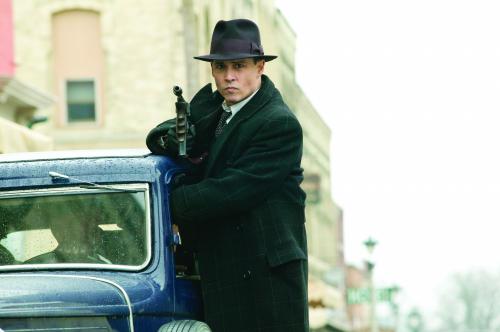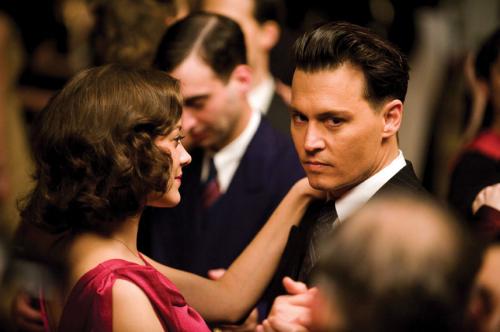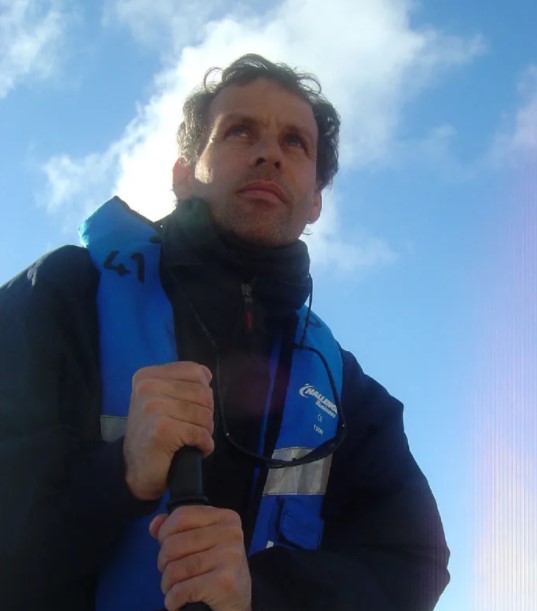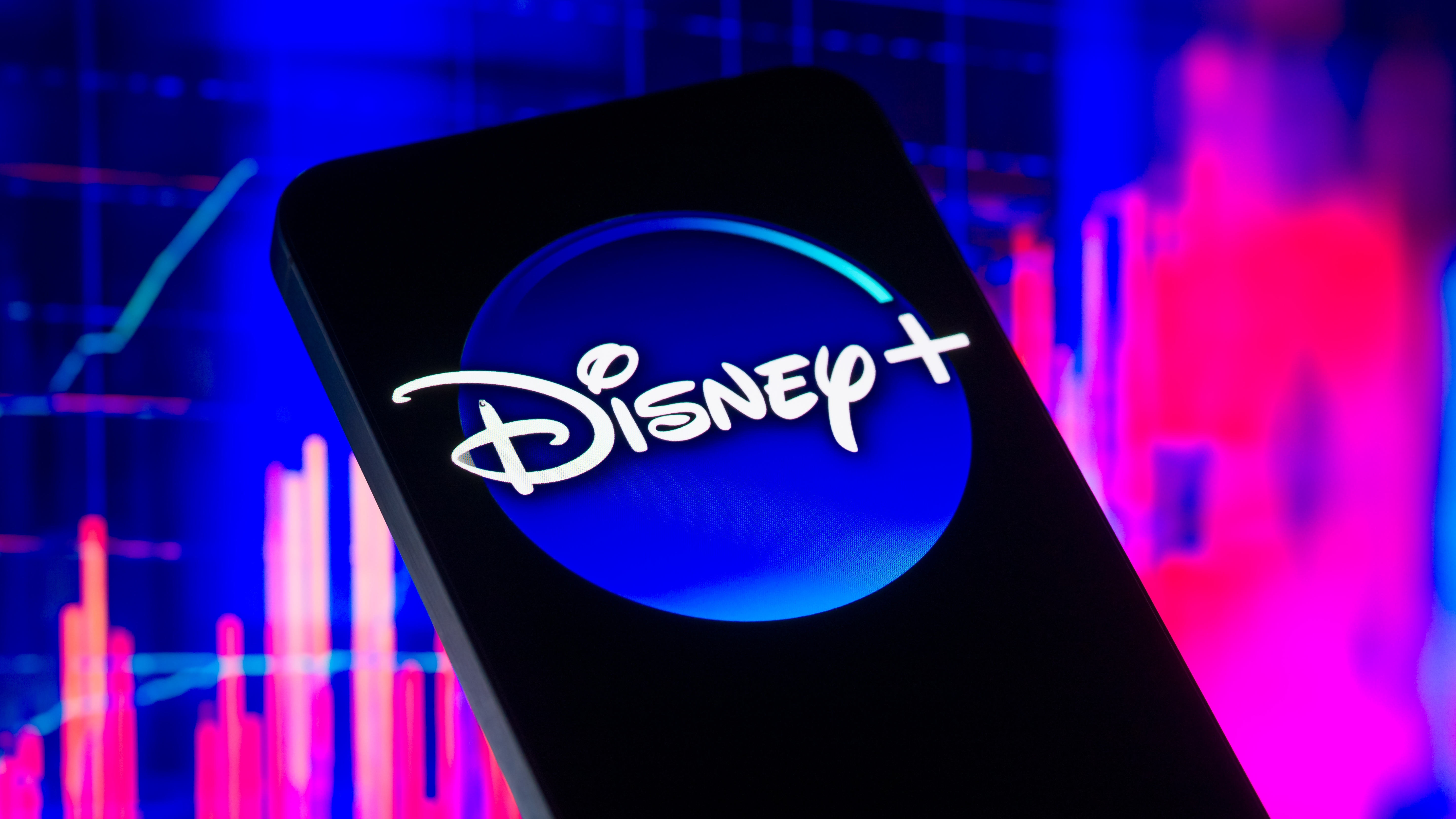Public Enemies - Johnny Depp gives Depression-era outlaw John Dillinger a dangerous glamour

Michael Mann clearly thinks crooks are cool. Look at the evidence on screen: in film after film he’s drawn to bandits and outlaws, felons and fugitives, hoods and heavies. Like a hopeless recidivist, he just can’t keep away from crime.
From Thief to Manhunter, Heat to Collateral, Mann has turned crooks and killers – and the men who pursue them – into mythic figures, and he’s found a doomed romanticism in their exploits.
Depression-era outlaw John Dillinger, the real-life subject of Mann’s latest movie, Public Enemies, couldn’t be more mythic or doomed if the director had invented him. And, as played by a charismatic Johnny Depp, he’s a seductively romantic presence too – particularly when seen through the eyes of hatcheck-girl turned gangster’s moll Billie Frechette (Marion Cotillard, the Oscar-winning star of La Vie en Rose).

Mann’s movie focuses on the period, from mid-1933 until July 1934, when Dillinger and his gang went on a bank-robbing crime spree across the Midwest, a freewheeling rampage that turned him into a national celebrity. The fact that he targeted banks, hated then as now, and blamed by many for their economic woes, only made him more of a folk hero in the eyes of the public: a latter-day Robin Hood.
But his fame had other consequences. J Edgar Hoover (played by Billy Crudup in the movie as a buttoned-up bureaucrat), saw how the outlaw’s notoriety could be exploited to win support for his nascent crime-busting agency, soon to become the FBI. Dubbing Dillinger America’s first-ever Public Enemy Number One, Hoover assigned straight-arrow agent Melvin Purvis (a typically dour Christian Bale) to hunt him down.
Mann depicts the giddy excesses and fearsome violence of Dillinger’s raids with his customary savage grace. The shoot-outs, as in Heat and Collateral, have a raw, bludgeoning power that leaves the viewer reeling.
With Mann, though, it’s never just about muscle. He’s a visual poet, too. Just look at Manhunter and Heat – these films knock you out with their beauty as well as their action. But I’m not fully convinced by Mann’s decision to shoot Public Enemies using high-definition digital cameras, as has been his practice since 2004’s Collateral. While the photography in some scenes gives Dillinger’s story the burnished quality of myth, in others the hand-held digital cameras drain the life from the screen and leave the film looking like cheap and nasty TV.
The latest updates, reviews and unmissable series to watch and more!
On general release from 1st July.
A film critic for over 25 years, Jason admits the job can occasionally be glamorous – sitting on a film festival jury in Portugal; hanging out with Baz Luhrmann at the Chateau Marmont; chatting with Sigourney Weaver about The Archers – but he mostly spends his time in darkened rooms watching films. He’s also written theatre and opera reviews, two guide books on Rome, and competed in a race for Yachting World, whose great wheeze it was to send a seasick film critic to write about his time on the ocean waves. But Jason is happiest on dry land with a classic screwball comedy or Hitchcock thriller.


